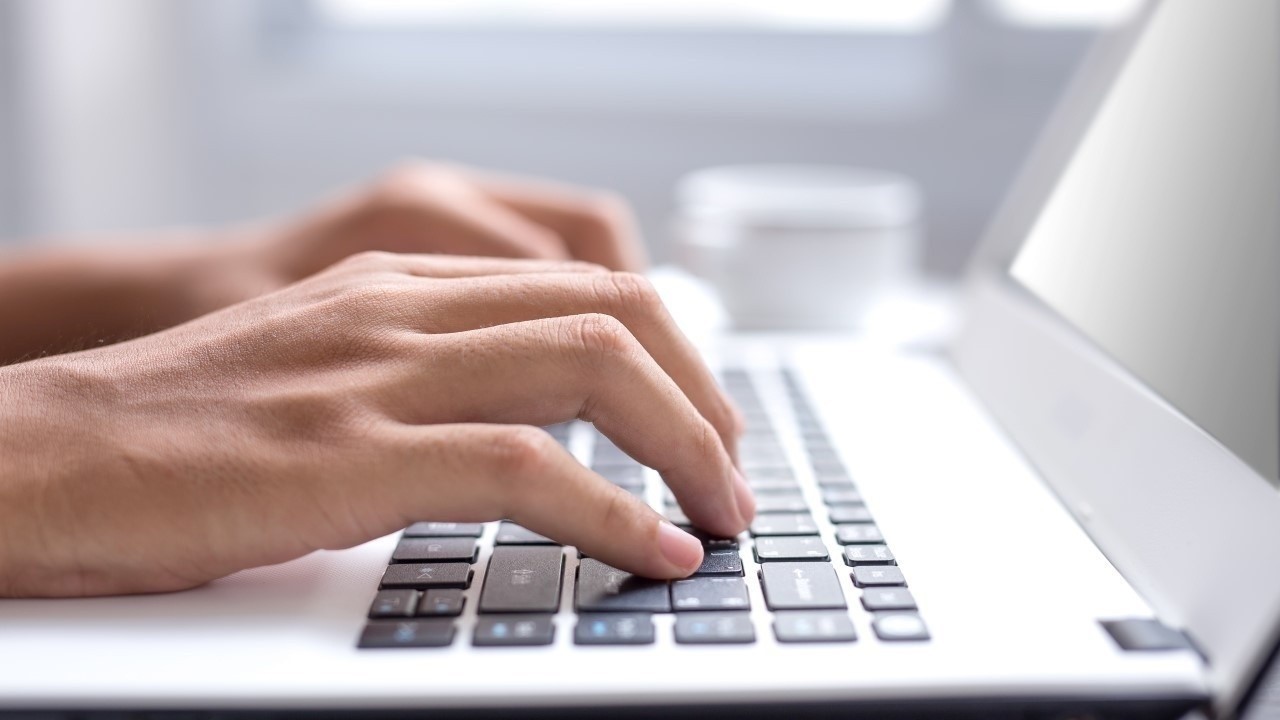When it comes to formal letter writing, following the correct format is essential to ensure your message is received clearly and professionally. Whether you are communicating with a potential employer, a business associate, or a government agency, using the appropriate structure and tone is crucial. To help you navigate the complexities of formal letter writing, we have provided a sample format that can serve as a useful template for your own correspondence.
Best Structure for Formal Letter Writing Format Sample
When it comes to writing a formal letter, it’s important to follow a specific structure to ensure your message is clear and professional. Here is a breakdown of the best format for a formal letter:
- Sender’s Address: Include your address at the top right-hand side of the letter. This helps the recipient easily identify who the letter is from.
- Date: Just below your address, write the date on which the letter is being sent. This helps establish a timeline for the correspondence.
- Recipient’s Address: Beneath the date, include the recipient’s address aligned to the left-hand side. Make sure to include the full name, title, and address of the recipient.
- Salutation: Start the letter with a formal salutation such as “Dear Mr/Ms [Recipient’s Last Name].” If you are unsure of the recipient’s gender, you can use their full name without a title.
- Body: The body of the letter should be divided into paragraphs with a clear introduction, main points, and a conclusion. Be sure to maintain a formal tone and keep your language concise and to the point.
- Complimentary Close: End the letter with a formal closing such as “Sincerely,” “Yours faithfully,” or “Best regards.” Make sure to leave space for your signature below the closing.
- Signature: Sign the letter in blue or black ink if sending a hard copy. If sending an email, you can use a digital signature.
- Enclosures: If you are including any additional documents with the letter, list them at the bottom of the page. For example, you could write “Enclosures: Resume, Letter of Recommendation.”
By following this structure, you can ensure that your formal letter is well-organized, professional, and effectively communicates your message to the recipient.
Formal Letter Writing Format Examples
Application for Leave Approval
Dear [Recipient’s Name],
I am writing to formally request approval for a leave of absence from [start date] to [end date]. I have attached all necessary documentation to support my request and ensure a smooth transition in my absence. Thank you for your consideration.
Sincerely, [Your Name]
Job Application Cover Letter
Dear Hiring Manager,
I am excited to submit my application for the [Position Title] at [Company Name]. My experience and skills align with the requirements of the role, and I am confident in my ability to contribute positively to your team. Thank you for considering my application.
Best regards, [Your Name]
Thank You Letter for Interview
Dear [Interviewer’s Name],
I want to express my gratitude for the opportunity to interview for the [Position Title] at [Company Name]. I enjoyed our conversation and am even more excited about the possibility of joining your team. Thank you for your time and consideration.
Warm regards, [Your Name]
Complaint Letter to Vendor
Dear [Vendor’s Name],
I am writing to bring to your attention a recurring issue with the products/services we have received from your company. I trust that we can work together to find a resolution promptly to avoid any further inconveniences. Your prompt attention to this matter is appreciated.
Yours sincerely, [Your Name]
Request for Salary Increase
Dear [Manager’s Name],
I am reaching out to discuss the possibility of a salary increase based on my performance and contributions to the team over the past [time period]. I believe a salary adjustment would reflect my value and commitment to the company. I look forward to discussing this further with you.
Best regards, [Your Name]
Announcement of Employee Promotion
Dear Team,
I am pleased to announce the promotion of [Employee’s Name] to the position of [New Position Title]. [Employee’s Name] has consistently demonstrated dedication and excellence in their work, making them a valuable asset to our team. Please join me in congratulating them on their achievement.
Sincerely, [Your Name]
Resignation Letter
Dear [Manager’s Name],
It is with mixed emotions that I submit my resignation from [Company Name], effective [Last Working Day]. I have enjoyed my time here and am grateful for the opportunities for growth and development. I look forward to ensuring a smooth transition before my departure.
Warm regards, [Your Name]
What are the key components of a formal letter writing format?
When writing a formal letter, it is important to follow a specific format to ensure professionalism and clarity in your communication. The key components of a formal letter writing format include the sender’s address, date, recipient’s address, salutation, body of the letter, closing, and signature.
The sender’s address should be placed at the top of the letter, followed by the date on the next line. The recipient’s address should be aligned to the left, below the sender’s address. A formal salutation such as “Dear Mr./Mrs./Ms. [Recipient’s Last Name]” should be used to address the recipient.
The body of the letter should be organized into paragraphs, with each paragraph clearly stating a specific point or request. It is important to use formal language and maintain a professional tone throughout the letter. The closing should be courteous, such as “Sincerely” or “Yours faithfully”, followed by the sender’s signature.
Following these key components of a formal letter writing format will help ensure that your communication is clear, professional, and effective.
Hope this guide on formal letter writing format sample was helpful for you! Remember to keep practicing and refining your skills. Thanks for taking the time to read through this article. If you have any questions or need further assistance, feel free to reach out. Don’t forget to check back for more tips and tricks on letter writing in the future. Happy writing!

